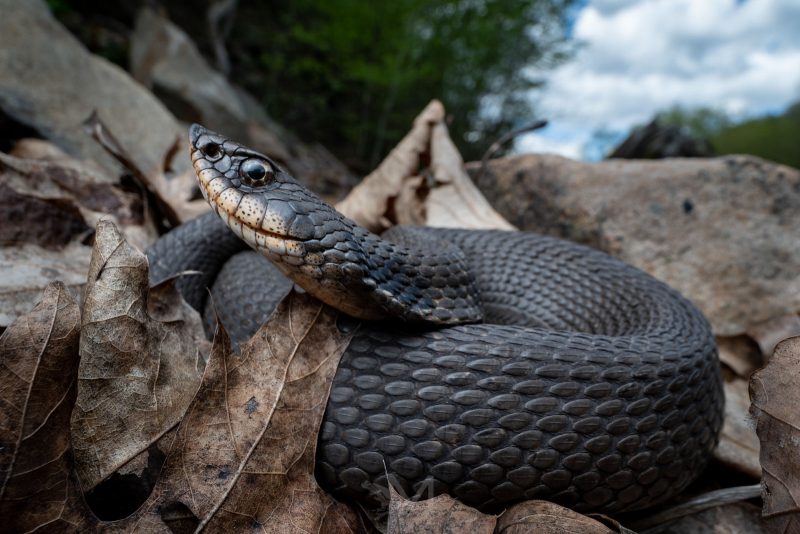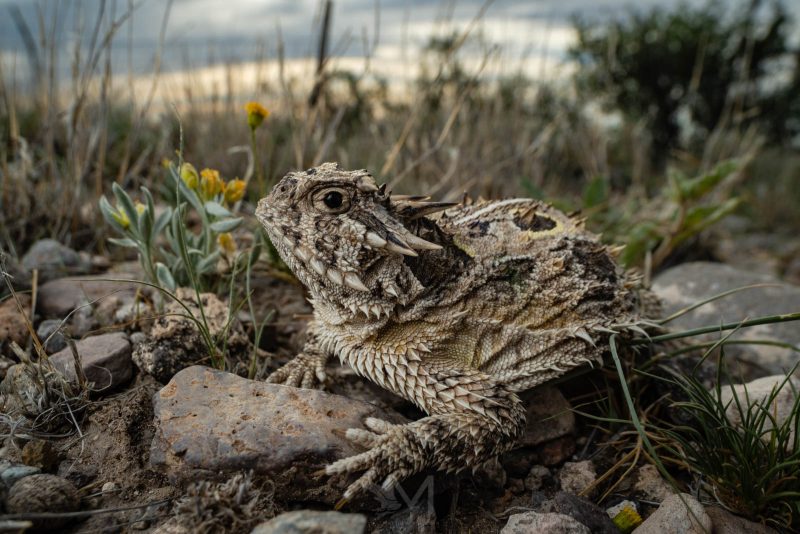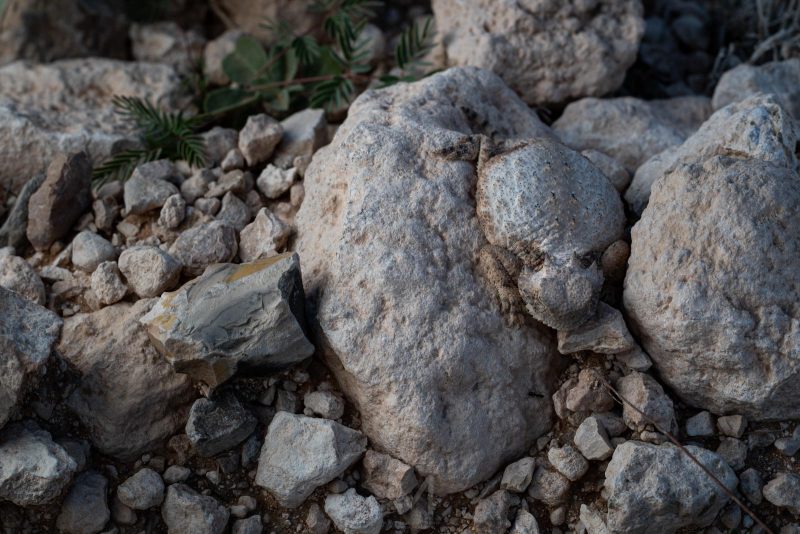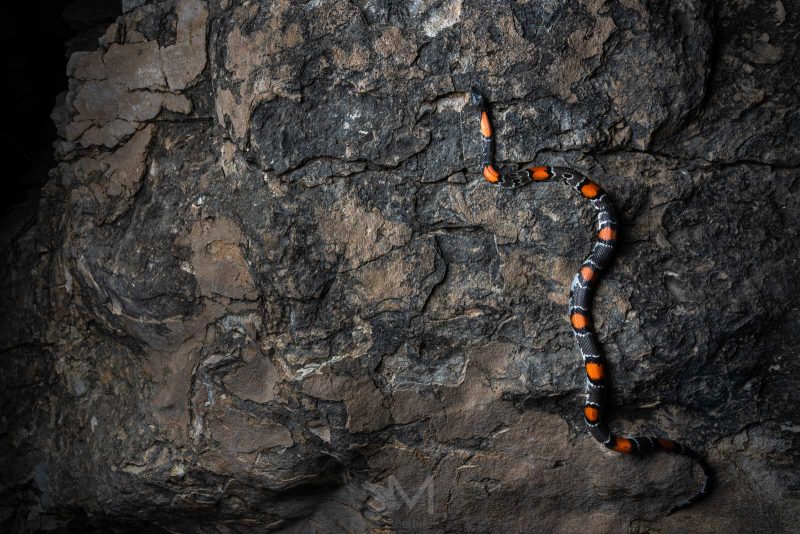How to Photograph Reptiles and Amphibians in the USA

The United States is fortunate to be hugely herptile (a reptile or amphibian) diverse. This is mainly because the sheer size of the country creates a myriad of different habitats. With tropical dry forests, deciduous forests, deserts, high elevation mountains, and lowland swamps, the US has just about every habitat for reptiles and amphibians, save for tropical rainforests.
As such, each region sports its own herpetofauna.


Certain destinations are famous in the reptile community; Florida, Southern Arizona, Southern California, West Texas, the rocky hills of Kansas, and the New Jersey Pine Barrens, among many others.
Some of these places are well known because there is large diversity and biomass of animals. Others are well known because of specific species, and some are well known for their unique habitats.
As there are so many species of reptile and amphibians that call the US home, for this article, I am going to focus on some photographic gear specifics and five iconic US herp. species.
These are the Pine Barrens tree frog, eastern hognose snake, grey banded kingsnake, eastern box turtle, and horned lizards (as a group).
Read more: What’s the Best Camera for Wildlife Photography?
Pine Barrens tree frog
Every April, May, and June, all along the eastern coast of the United States, from northern Florida to southern New Jersey, Pine Barrens tree frogs are in their breeding season.
These spectacular frogs look like they’d be much more at home in the tropics than in the pinelands of New Jersey. The state is blessed to have such a beautiful amphibian.
Warm, rainy nights are the best times to find these frogs calling and mating. They are easy to track down via their call as when they are focused on mating, they don’t much care about your presence.

Frustratingly, they often call from the densest shrubbery imaginable so pleasing photographs can be hard to come by. You have two options: get lucky and find a confused one out in the open (like in the image above) or find an area with many individuals.
If you find enough of them, eventually you’re bound to spot one in a decent location.
Tree frogs in general are quite photogenic and usually pretty cooperative for pictures, so a variety of lenses can be used on them. My style is very much ‘studio-esque’; I like clean, moody, dramatic light.
This is the ONLY Pine Barrens tree frog I’ve ever seen in the open and with such a clean perch and good lines. I felt the image would be more impactful to include the surroundings, than just a close-up of the frog.
Pine Barrens tree frogs are best as a hands-off subject. Not only are amphibians in general extremely sensitive because of their porous skin, but Pine Barrens tree frogs are also toxic to humans. Even just lightly touching them can cause a burning sensation, and the response could be significantly worse if the toxin is ingested or gets into the eyes.
Read more: Ethics in Wildlife Photography – Code of Conduct
Eastern hognose snake
Everybody loves hognose snakes – even people who aren’t fans of snakes. Eastern hognoses are among the most variable of any US snake species; they are incredibly theatrical with their hooding, death feigning, and pseudo striking.
They can be found throughout most of the eastern half of the United States and in almost every habitat from mountains to pinelands to coastal dunes.
The breeding season in late April through June, and the hatching season in September and October, are the best times of year to find hognoses.

Photographing them can be a bit of a mixed bag. They seem to have their own personalities, and the level of theatricality varies from each individual.
Some can be phenomenal photo subjects, or they can ‘die’ immediately and then they’re no fun to photograph. The death feign can be stressful to them and cause them to regurgitate a meal, so a hands-off approach is best.
Some hognoses will hood and puff up, and just sit there posing perfectly. I love shooting them top down as I feel it is the most interesting perspective. Head-on images can be cute with their little upturned snout, but I feel you lose a lot of the aesthetic from that angle.

As seen above, the top-down shows off the snake best, and you get much better shapes in your images. Again, my style tends to lean towards controlled light situations.
Usually, when shooting macro portraits of hogs, and most other snakes for that matter, I try to cut out as much ambient light as possible. I’ll usually max out my flash sync shutter speed and shoot around f/10 to get decent depth of field while still avoiding diffraction. Keep the ISO as low as possible.
I hate grain and noise in my images so I do whatever I can to avoid it. Of course, the lower your ISO, the better the overall image quality will be in terms of colour, detail, dynamic range, etc.

If I find an exceptionally relaxed individual, I enjoy photographing close-focus wide-angle. The black phase hognose above never budged, despite having my lens right in its face.
For this type of image, I’ve found it’s best to expose for the background and then add in your supplemental light as needed – regardless of the subject. It is a slightly slower process but as long as you have a cooperative subject you will achieve a much better final result.
Read more: How to Master Exposure in Your Wildlife Photography
Horned lizards
If there is one genre of herp. that I lament not living close to anymore, it is the horned lizards. It is cliché to say animals these days are like miniature dinosaurs, but with regards to horned lizards, I think it is an apt description. They look like diminutive Ankylosaurs.
As a group, horned lizards live in the western half of the United States and further south into Mexico. They are very much desert denizens. The US is host to 15 of the 21 recognized horned lizard species.
Behaviourally, they are all quite similar and photographing them requires pretty much the same approach for each species.

The extreme close focusing ability of the Laowa 15mm is fantastic for filling the frame with your subject while still giving it context by putting it in its environment.
Aesthetically, horned lizards are quite different. All are stubby and fat, but the horn arrangements, colours, and patterns vary quite a bit.
Unlike many lizard species, they are not especially flighty (or smart) and seem to rely heavily on camouflage. This makes getting interesting images of them much easier than with many other desert lizard species that bolt as soon as they are spotted.

This small roundtail horned lizard was basking on the side of the road. I only spotted it because I was driving slowly down the road looking along the edges specifically for horned lizards and caught a slight movement as it hunkered down when I passed. Their camouflage is remarkable so I composed a shot to show it off.
Horned lizards are photogenic from almost any angle and with any lens. My two favourite ways to photograph them are either close-focus wide-angle (above), or top down to show off their shape and camouflage.
Read more: Photographing a Species In-depth
Eastern box turtle
Like the eastern hognose, eastern box turtles are another of my favourite species largely due to their variability. They, and their subspecies, are found throughout much of the eastern United States. T
hey utilise most habitats from mountains to coastal marshes to pinelands. Humid, overcast, or rainy days during spring and summer are the best times to find box turtles.
Unfortunately, due to their cute and colourful appearance, they are often captured as pets and released in backyards, often miles from where they were found.
Box turtles have a homing instinct and will try to get back to where they are from. This means they’ll cross train tracks, roads, etc. in order to return home. Please don’t bring box turtles home!

As we encroach more and more into wild places, we will come into contact more often with animals. Creating images that show this human/animal relationship can be powerful and compelling. Wide-angle lenses are best for this. Here, the box turtle was barricaded from going where it wanted by railroad tracks. These are death traps for turtles as sometimes they will get in between the rails and not be able to get out.
Photographically, their personalities can be as variable as their colours and patterns. Some individuals are perfectly content going about their business while you photograph, while others will close up shop and shut themselves into their shells as soon as they see you.
No matter how much patience you think you have, it isn’t the same level of patience as a box turtle! They’ll stay closed up for hours if they have to until you leave.
Box turtles have spectacular eyes, and portraits emphasising their eyes, like the image further down in this article, are good for showing them off. Longer macro lenses work well for this.
I also like longer lenses for box turtles as they allow you to shoot from further away; beneficial when working with shy individuals.
My favourite method for box turtles is close-focus wide-angle. If you get a bold turtle, they’ll allow you to stick your lens right in their face and you’ll be able to show off their habitat.
The individual above was attempting to cross railroad tracks. It couldn’t quite make it over so was working along the edge of the rails looking for an opening to scoot under. I exposed for the sky and added in flash as needed.
Read more: How to Photograph Nervous and Sensitive Animals
Gray-banded kingsnake
Certain snake species have a cult following – many times, I don’t particularly understand why. However, gray-banded kingsnakes are one of those species that have a cult following and I am absolutely among the followers.

If there is a species that can give the eastern hognoses a run for their money in terms of variability, it is gray-banded kingsnakes.
Living only in west Texas and eastern New Mexico in the United States, they are found almost exclusively by walking road cuts at night and searching the rocky slopes and boulder piles.
Every single locality produces distinctive-looking individuals; even the same road cut can produce wildly different-looking snakes. The rush when a gray-banded king appears in a flashlight beam is hard to describe to non-snake people.
The cuts they hunt along can provide the perfect setting to photograph them. Doing so risks losing them into the myriad cracks and crevices that they shelter in during the day, but quite often they calmly go about their business while being photographed.
I find gray-bandeds in general are quite difficult to photograph with macro lenses, so I almost always photograph them with a wide-angle lens. Plus, when it comes to gray-bandeds, the rocks add an additional element of interest to the image.

This large female was scaling a rock face shortly after a thunderstorm had passed through. She was a big snake and none of the macro images were ‘working’ so I switched to wide-angle, which gave her a sense of place and showed off the entire snake and the habitat.
Both snakes featured here were photographed right on the cut they were found in. Using wide-angle lenses helps put them in their habitat and gives a sense of what it is like to actually spot one of these snakes in the field.
Because of the limited amount of publicly accessible land that these snakes can be found on, the specific locations, and even the time of year they are found, are usually kept close to the chest.
My advice for finding them: follow the rains in summer. Moisture is key for snake hunting in gray-band range. Where there is moisture and rain, there will be snakes.
Read more: Choosing the Best Foreground and Background
Photography equipment
Equipment-wise, the crucial pieces of gear that I’ll ALWAYS have when out photographing herptiles are a macro lens, at least one flash and diffuser, and a wide-angle lens that focuses closely.
I prefer longer macro lenses for photographing herptiles as it allows you to shoot from further away. This is safer and less stressful for the animal and gives you a better chance of capturing interesting behaviour or natural history. It also keeps you safer, especially if your subject happens to be venomous.
Something in the 90, 100, 105, and 150mm range is good for this. Sometimes even a 300mm could be a great choice as most 300mm lenses focus quite closely and could be a good choice for skittish, venomous, or larger subjects.
For wide-angle, whether close-focus wide-angle or more standard wide shots, I would recommend lenses that can focus as close to the front element as possible. Two popular choices are the Sigma 15mm Fisheye (or Canon/Nikon 8-15mm) and the Laowa 15mm.

Perhaps one of the reasons reptiles are so maligned is they aren’t typically thought of as cute or cuddly. They’re not furry or fuzzy; you can’t really cuddle them. Anthropomorphising them in pictures can help to create a connection. Many, such as this eastern box turtle, are quite cute.
These lenses focus extremely closely while still providing a large field of view to see the surroundings. I prefer these lenses on crop sensor but still enjoy the Laowa on full-frame.
The fisheye lenses can sometimes be too ‘fishy’ on full-frame, but under certain circumstances that effect isn’t off-putting.
In my opinion, the central key to creating pleasing wide-angle reptile images is being able to balance flash and ambient light. It is actually quite simple to do.
My strategy is to expose for the background and then simply add in the flash on the animal. I feel you lose out on many details and colours when photographing reptiles and amphibians by not using flash.
My go-to lighting setup these days consists of Godox AD200 flashes and parabolic softboxes. The Godox flashes have a battery that lasts forever, they are built like tanks, have interchangeable flash heads, and work well with the monster softboxes. They are powerful enough to really fill the diffuser with light and create soft lighting.
Softboxes with a slightly forward facing or even inward facing outside edge also control light spill-off better and don’t dump unwanted light into the background.
Read more: What’s the Best Lens for Wildlife Photography?
In conclusion
The US is a great place to get herptile images. The diversity of species, all with a myriad of shapes, colours, textures, and patterns makes reptile and amphibian photography one of my favourite activities (second only to underwater photography).
The key is finding these sometimes-elusive creatures! Once that is accomplished, creating compelling images can be quite easy if you know their behaviour, and natural history, and have the right equipment.
Of course, a healthy dose of patience never hurts!





